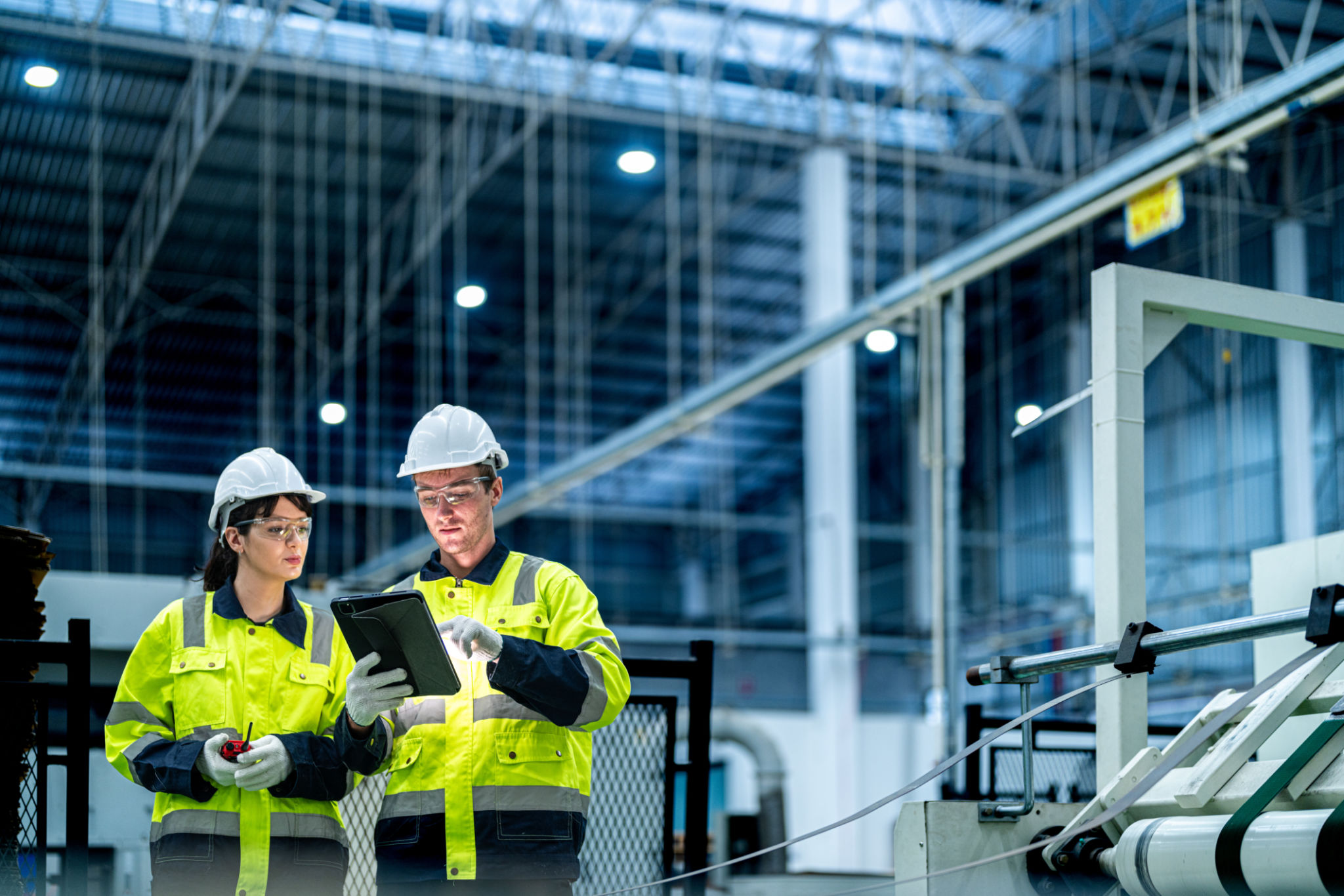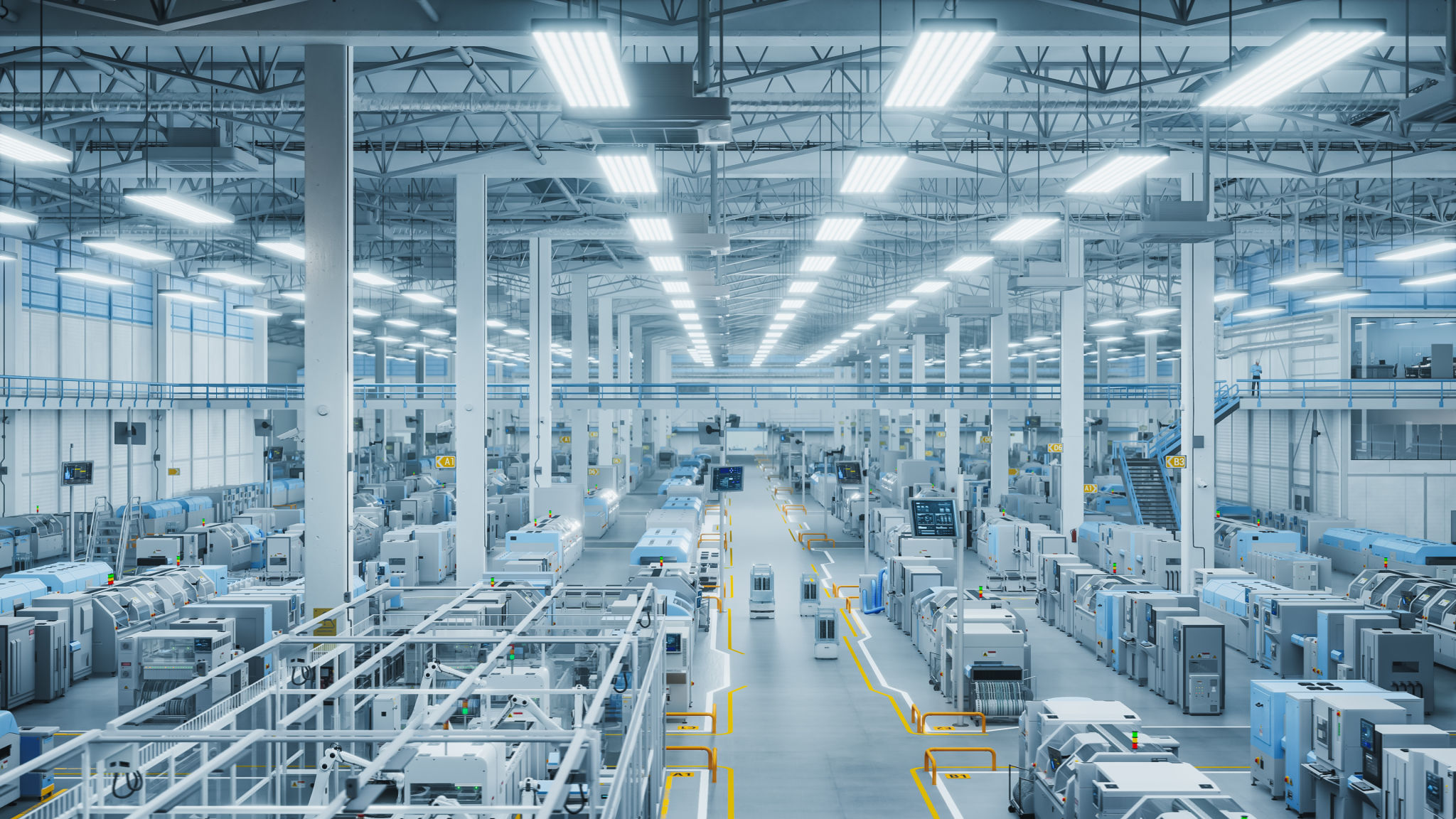Comparing Mass-Produced vs. Handcrafted Items: What You Need to Know
LG
Introduction to Mass-Produced and Handcrafted Items
When it comes to purchasing items, consumers often have a choice between mass-produced and handcrafted products. Each option has its own set of unique benefits and potential drawbacks. Understanding these differences can help you make informed decisions that align with your values, budget, and desired quality.

The Appeal of Mass-Produced Items
Affordability and Accessibility
Mass-produced items are generally more affordable due to economies of scale. Since they are produced in large quantities, the cost per unit decreases, making these products more accessible to a wider audience. This affordability allows consumers to enjoy a variety of products without breaking the bank.
Consistency and Standardization
One of the key advantages of mass production is the consistency it offers. When items are manufactured in bulk, they are often subject to rigorous quality control processes, ensuring each product meets a set standard. This standardization means that the item you purchase will be identical to every other item of its kind, providing reliability and predictability.

The Allure of Handcrafted Goods
Uniqueness and Personal Touch
Handcrafted items stand out for their uniqueness. Each piece is often crafted with care and attention, resulting in subtle variations that give the product character. The personal touch involved in creating these items often means they carry greater sentimental value, making them ideal for gifts or special keepsakes.
Quality and Craftsmanship
Many consumers are drawn to handcrafted items for their superior quality and craftsmanship. Artisans invest time and skill into each product, often using high-quality materials. This dedication can result in a durable item that withstands the test of time, offering long-term value for your investment.

Environmental Considerations
Mass production often involves industrial processes that can have significant environmental impacts, such as high energy consumption and waste generation. On the other hand, handcrafted items are typically produced on a smaller scale, using sustainable practices that minimize ecological footprints. Choosing handmade goods can be a step towards more environmentally responsible consumption.
Making Your Decision
Factors to Consider
When deciding between mass-produced and handcrafted items, consider factors such as budget, purpose, and personal values. If you prioritize affordability and consistency, mass-produced products may be the way to go. However, if you value uniqueness, quality, and sustainability, investing in handcrafted items could be more rewarding.

Balancing Choices
Ultimately, the decision between mass-produced and handcrafted items doesn't have to be all-or-nothing. Many consumers find a balance by incorporating both types into their lives. For everyday essentials, mass-produced products can offer practicality, while handcrafted items can serve as meaningful accents or gifts that reflect personal taste.
Understanding the distinctions between mass-produced and handcrafted items allows consumers to make informed choices that align with their lifestyle needs and ethical considerations. Whether you lean towards modernity or tradition, both options offer unique advantages worth exploring.